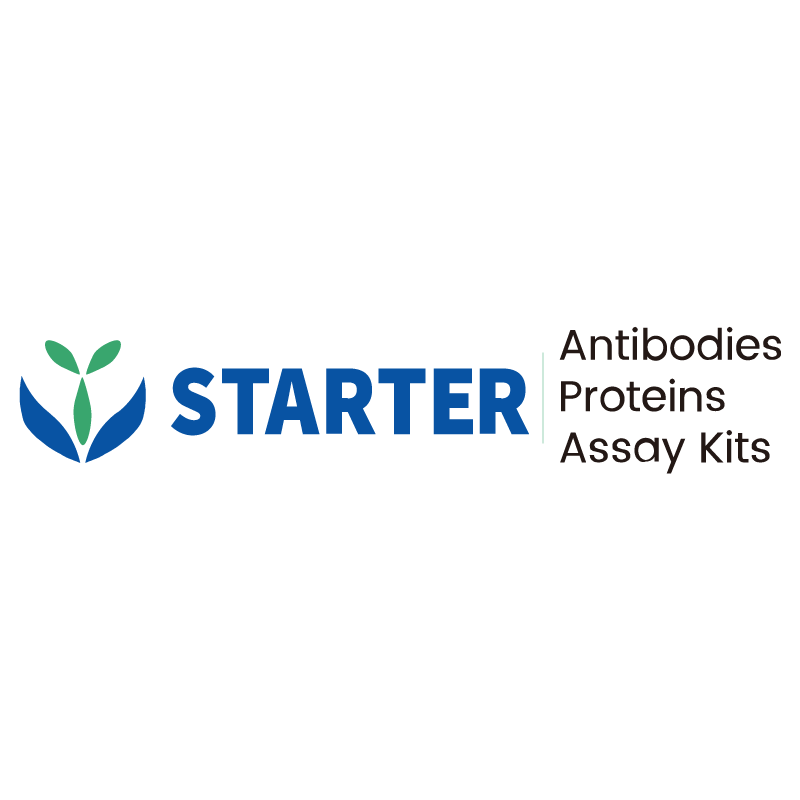WB result of CCL18 Rabbit pAb
Primary antibody: CCL18 Rabbit pAb at 1/1000 dilution
Lane 1: untreated THP-1 whole cell lysate 20 µg
Lane 2: THP-1 treated with 0. 1 µg/ml for 48 hours, then add 0.045 µg/ml hIL-4 for 72 hours whole cell lysate 20 µg
Secondary antibody: Goat Anti-rabbit IgG, (H+L), HRP conjugated at 1/10000 dilution
Predicted MW: 10 kDa
Observed MW: 12 kDa
Product Details
Product Details
Product Specification
| Host | Rabbit |
| Antigen | CCL18 |
| Synonyms | C-C motif chemokine 18; Alternative macrophage activation-associated CC chemokine 1 (AMAC-1); CC chemokine PARC; Dendritic cell chemokine 1 (DC-CK1); Macrophage inflammatory protein 4 (MIP-4); Pulmonary and activation-regulated chemokine; Small-inducible cytokine A18; AMAC1; DCCK1; MIP4; PARC; SCYA18 |
| Immunogen | Synthetic Peptide |
| Location | Secreted |
| Accession | P55774 |
| Antibody Type | Polyclonal antibody |
| Isotype | IgG |
| Application | WB |
| Reactivity | Hu |
| Purification | Immunogen Affinity |
| Concentration | 0.5 mg/ml |
| Conjugation | Unconjugated |
| Physical Appearance | Liquid |
| Storage Buffer | PBS, 40% Glycerol, 0.05% BSA, 0.03% Proclin 300 |
| Stability & Storage | 12 months from date of receipt / reconstitution, -20 °C as supplied |
Dilution
| application | dilution | species |
| WB | 1:1000 | Hu |
Background
CCL18 (also known as PARC, DC-CK1, AMAC-1, or MIP-4) is an 8-kDa, primate-specific CC-chemokine consisting of 89 amino acids (with a 20-residue N-terminal signal peptide cleaved to yield the 69-aa mature form) that lacks a known rodent orthologue and whose receptor remains unidentified despite extensive research . Secreted predominantly by monocytes/macrophages and dendritic cells—especially M2 tumor-associated macrophages—CCL18 acts as a chemoattractant for lymphocytes and immature dendritic cells while also functioning as a neutral CCR3 antagonist and binding promiscuously to PITPNM3, GPR30, and CCR8. Constitutively present at high levels in human plasma, CCL18 contributes to physiological lymphocyte and DC homing and primary immune responses, yet its production is markedly up-regulated in numerous pathologies, including cancers (e.g., ovarian carcinoma) and inflammatory disorders of joints, lungs, and skin. Elevated circulating CCL18 correlates with adverse outcomes such as poor survival in ovarian cancer and increased mortality in idiopathic pulmonary fibrosis, highlighting its potential as a biomarker and therapeutic target.
Picture
Picture
Western Blot


